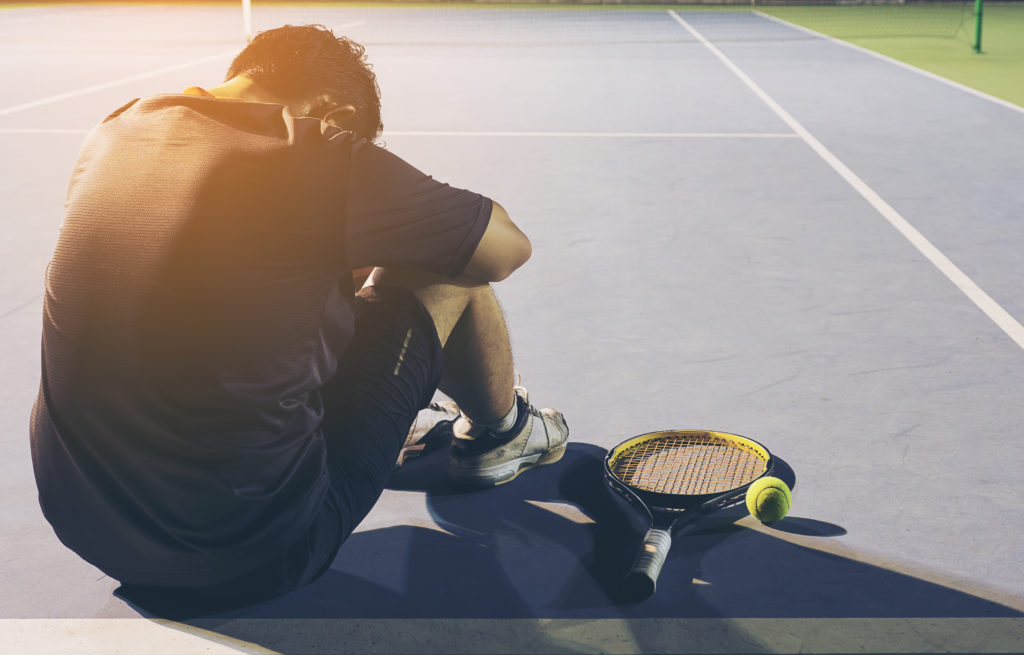How To Turn Failure Into Success
We recently posted an article about the importance of losing, centered on the brilliant book by Jessica Lahey and her movement to allow children to experience failure as a key component to their success. Last week, new research out of Northwestern University took it one step further and determined that yes, failure can be a gift, but there is something that separates the people who do go on to eventually succeed.
Researchers looked at 776,721 grant applications, analyzed 46 years’ worth of venture capital startup investments and studied 170,350 terrorist attacks and determined that it’s more than just failing, it’s what you do with that failure that will ultimately decide if you’re successful or not. For years, most felt persistence was the key to success. No matter how many times you fail, all you need is to get up and try again. But this study shows it’s a lot more than that; you need to learn what you did wrong, figure out how to do it better, and then apply and implement it into future attempts.
Out is the 10,000-hour rule, in is deliberate practice.
James Clear, author of Atomic Habits refers to it as deliberate practice and he’s written many articles on the subject. Clear says learning is a feedback loop. You do an action, and then you get a response that teaches you whether it was effective or not. Feedback is the essential component in learning, because it helps you to update your plan for the next time. The more successful you are, the faster and tighter your feedback loop. If a person has a signal or a sign that they are making progress, then they have a reason to repeat it in the future. Which is why kids love video games so much. It’s the ultimate form of immediate feedback. In this short video, Clear explains why video games are great examples of deliberate practice.
So how does this translate to sports? Clear uses the example of two kids going to a gym to practice free throws. One spends 30 minutes, takes 100 shots and calls it a day. The other takes only 50 shots, but his friend charts the trajectory off the rim for his misses. After each ten shots, he checks out his friend’s chart. Then he makes an adjustment and tries again. With each set of ten, the player is getting immediate feedback, implementing change and checking whether it worked or didn’t work. By the time he’s done with his fifty, he’s figured out a few corrections and is making a higher percentage of his shots. This athlete’s trajectory for success was faster and he spent less time practicing.
7-High Tech Gadgets To Improve Performance
Feedback and metrics are nothing new to professional and collegiate teams, they have entire performance staffs dedicated to tracking athletes and providing feedback. And now it’s filtering down to the youth level. Businesses like playertek and traceup.com utilize GPS tracking to provide feedback on a player’s distance covered, max speed, max effort, shot selection, and just about anything else. And new state-of-the-art training facilities have realized that it’s metrics and a feedback loop that will bring in the customers. Their training technology gives kids immediate feedback and allows them to compete against each other or themselves – in a video game-like fashion.
The bottom line, a feedback loop, whether it’s high tech, or just a friend with a notepad, will be beneficial to learning and improving.
